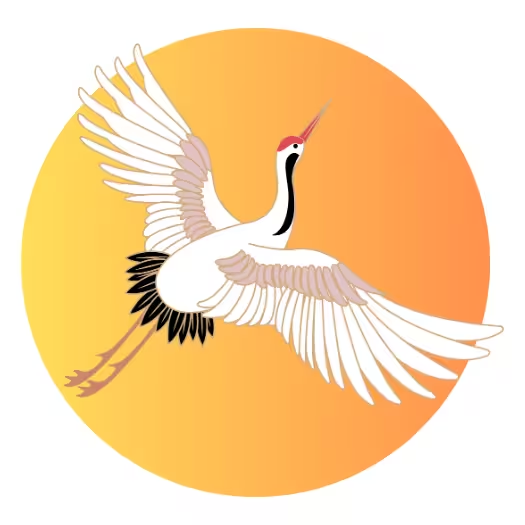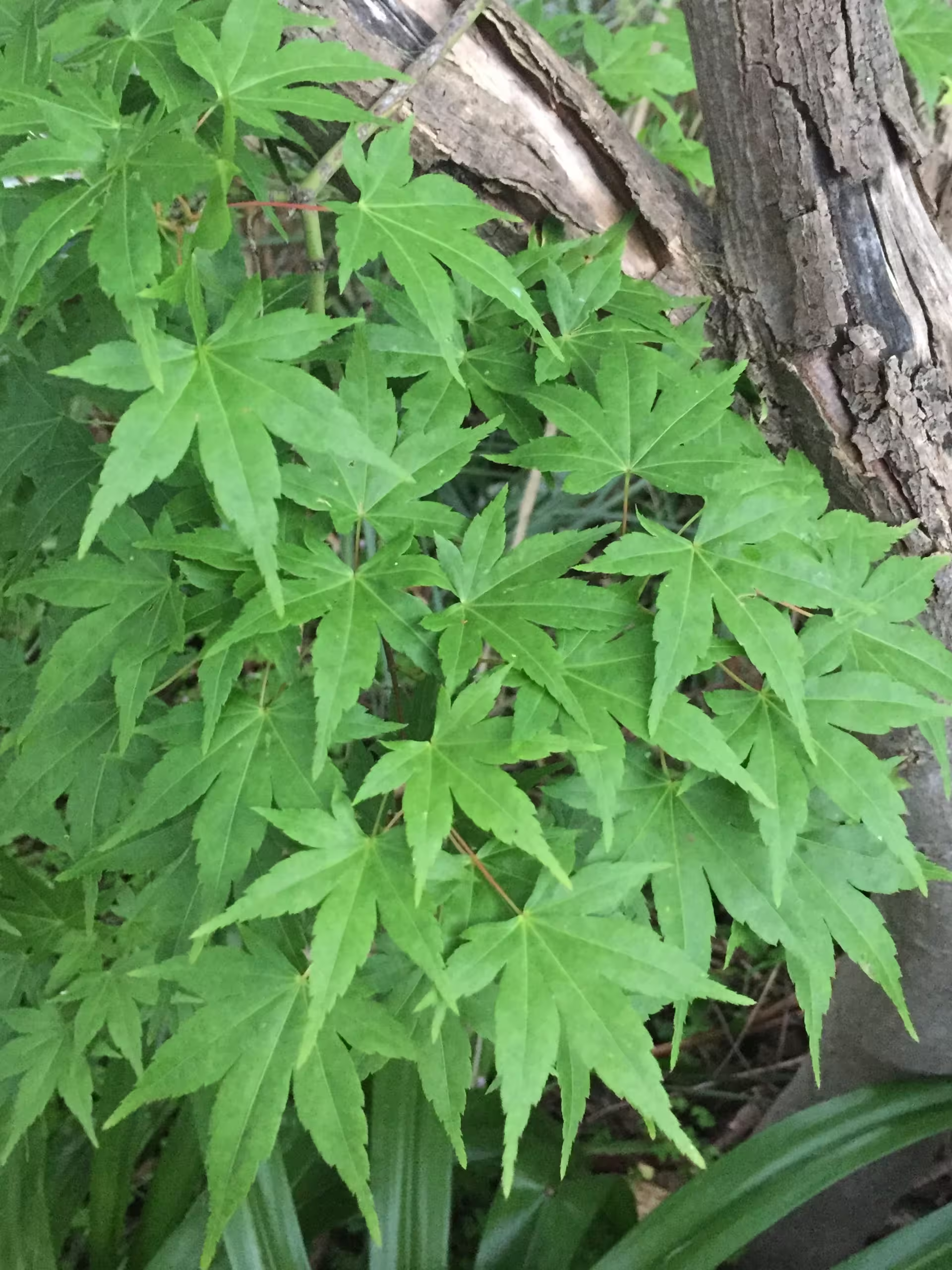I’m reading a fascinating book called Restoring Order in Health and Chinese Medicine: Studies of the Development and Use of Qi and the Channels (1). One of the aims of this book is to explore and more clearly define what Qi actually is.
Here are some of the ways the term Qi (or Ki in Japanese) has been translated and defined:
breath/energy
subtle matter
the activating fluids in the atmosphere and the body
matter-energy
psychophysical stuff
vital psychophysical stuff
vital force
life force
vital energy
activity of life
Culture, thought and the way we view the world has a big impact on translation and understanding: when two cultures see the
world differently, it can be challenging to find a suitable word and sometimes impossible to find an exact or even a near match.
Understanding some of the basic terms fundamental to Traditional East Asian Medicine (TEAM) like Qi, Jing, Yin and Yang can also be challenging because the way we perceive the world and within this, the way that a human being is viewed.
The TEAM view of a person is a holistic one; a person’s body, mind-heart and psychospiritual energies are not separate from each other. In TEAM, the patient is viewed as a garden and the therapist is a gardener. A gardener tends the whole of the garden by watering, feeding and nourishing, pruning and removing weeds so that the whole garden is healthy. Similarly, the TEAM therapist balances the qi in the meridians by nourishing qi where it is deficient, enabling excess qi to be released when it is in excess, and to moving stagnant qi. The body-mind is thus balanced, promoting healing and wellbeing.
In the West, due to the reductionist influence of Descartes in the 1700s, the world is seen as a machine which can be understood by dis-assembling its parts and putting them back together. Within this paradigm, a person is also seen as a collection of parts, each treated separately, and rarely treated as a whole.
The concept of Qi is rooted in Ancient Chinese thought, action and experience; its more than just a philosophical concept.
Like the idea of the Force that is presented in Star Wars, Qi is always there – unseen to the average human eye and perception, but ever present in all things at all times, in both action and in stillness.
In a TEAM acupuncture treatment, the aim is to balance the flow of Qi within the meridians (Jing mai) so that the body can then heal itself. This sounds very simple, but achieving this takes much training and great skill. Huangti, the Yellow Emperor (circa 1st centre BCE) said:
It is easy to explain the art of acupuncture through the mouth,
but difficult to master the principle and technique of it.(2)
There are many factors which influence the quality and the state of Qi in the meridians including physical, mental and emotional health, relationships, diet, lifestyle and the environment.
You can cultivate your Qi by having acupuncture treatment; practicing meditation, tai qi, qi gong or other breath work; eating a healthy, nourishing diet; exercising; managing your stress; living and working in a healthy environments; and reducing exposure to pollution and chemicals.
References:
(1) Stephen Birch, Migeul Angel Cabrer Mir, Manual Rodriguez Cuadras, 2014 Restoring Order and Health in Chinese Medicine, a Libre de Marzo, Barcelona, Spain.
(3) Ki Sunu, Yun Kyo Lee, 1985 The Cannon of Acupuncture Huang Ti Nei Ching Ling Shu, Korean Acupuncture Society Seoul, Hong Sung Enterprises, Korea.

